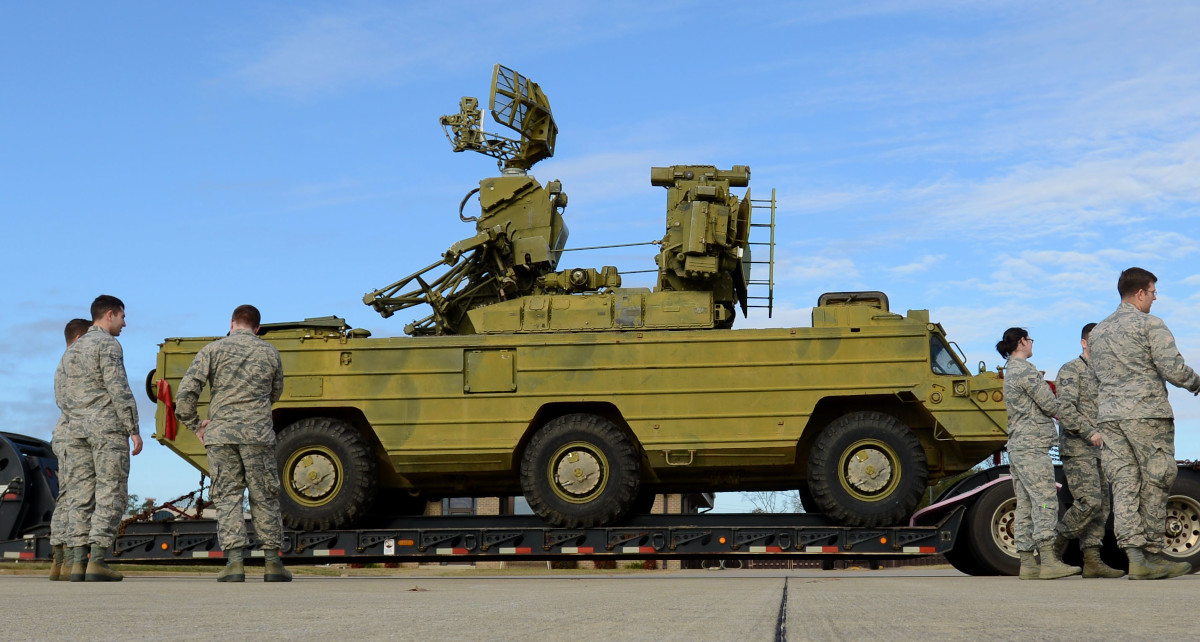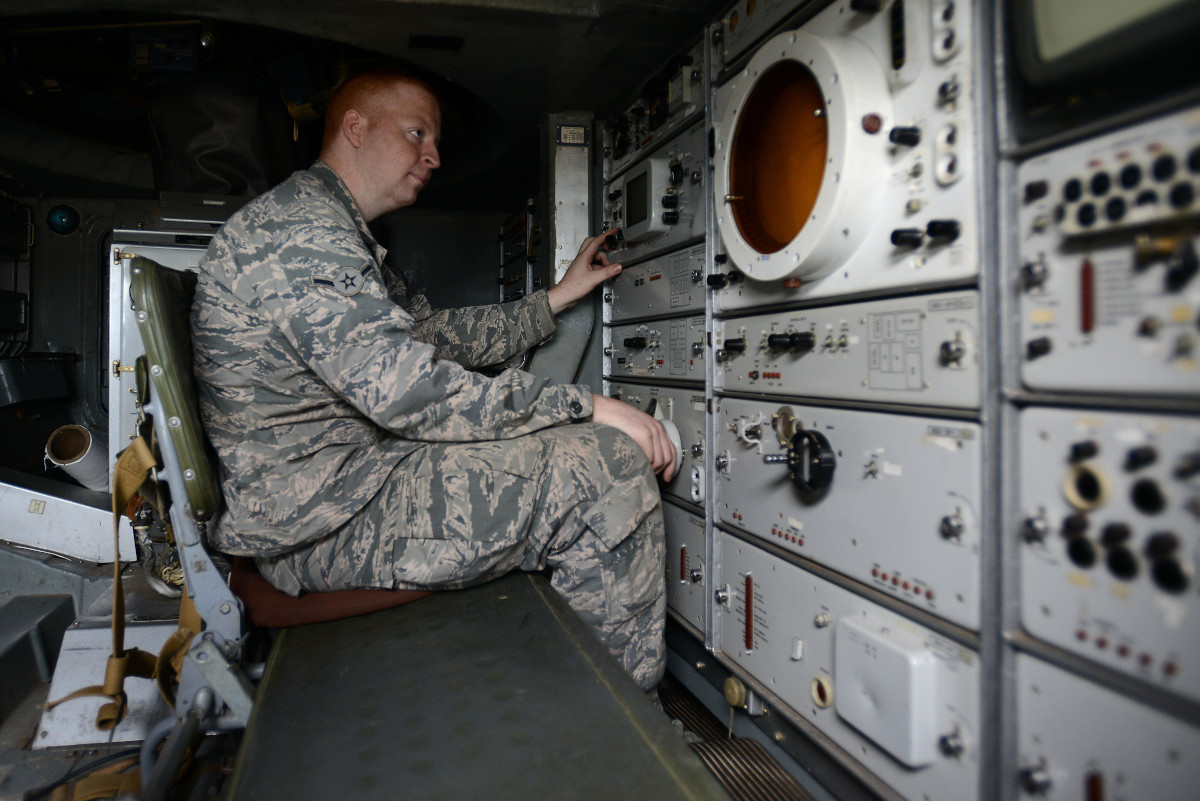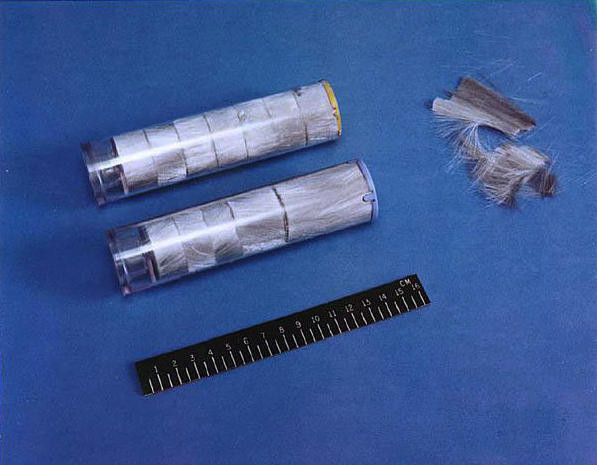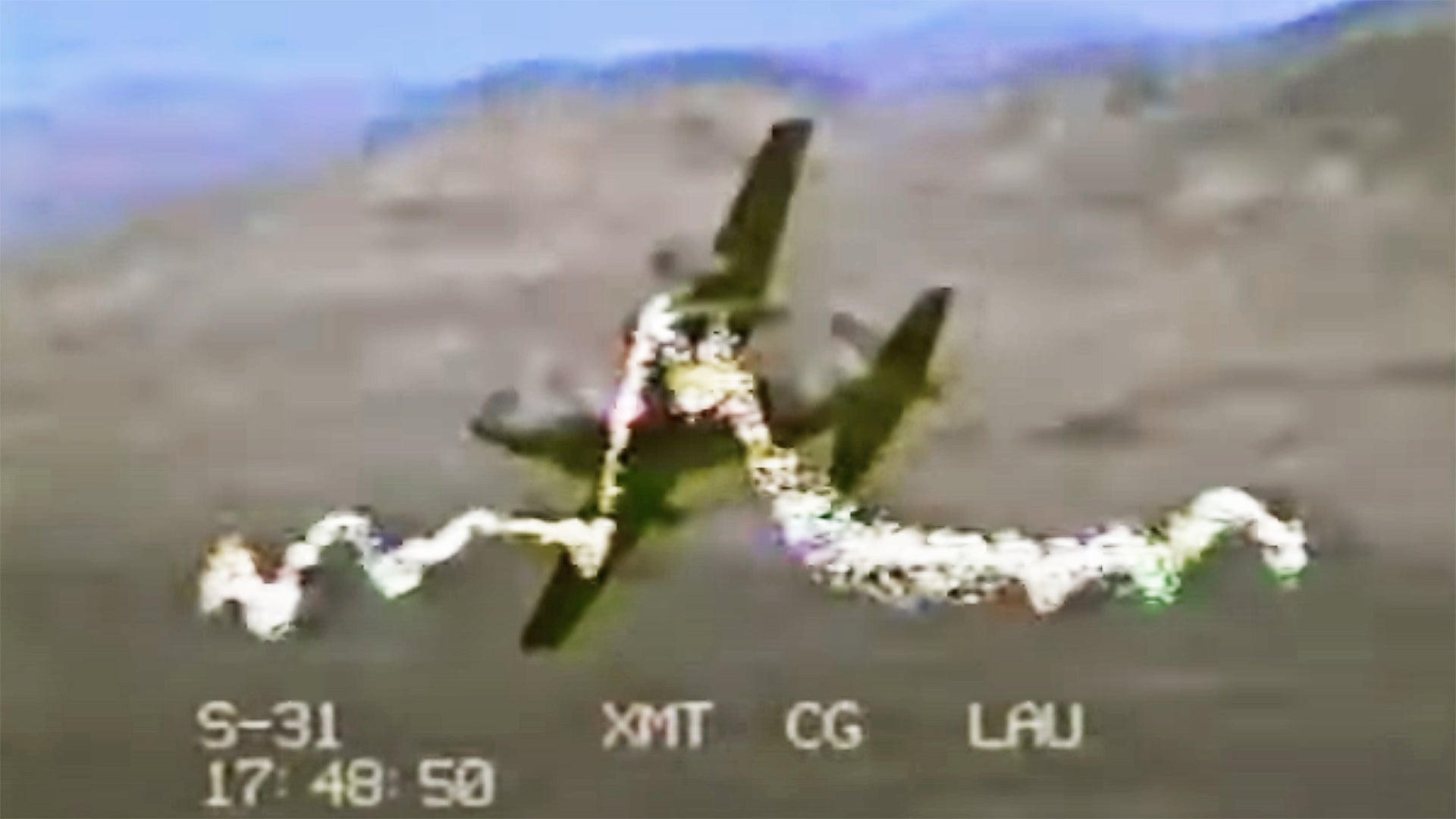When talking about Red Flag, the U.S. Air Force’s premier large-scale air combat exercise series, the focus is generally on air-to-air engagements. However, simulated ground-based anti-aircraft threats are also key to replicating as realistic an experience for pilots as possible. A video on YouTube has recently come to our attention that offers a rare look at this aspect of a Red Flag exercise from the perspective of personnel playing the role of enemy air defenders trying to shoot down British C-130 Hercules transport aircraft.
It is not clear when the video, which was posted in September of this year, was actually shot. Red Flag exercises have been conducted regularly since 1975 and take place over the sprawling Nevada Test and Training Range (NTTR) adjacent to Nellis Air Force Base outside of Las Vegas, Nevada. YouTube user Tim Gosling who put it on online describes it as “Highlights from a fun time out round Las Vegas 30 plus years ago, dodging pretend SAMs and not going into Area 51.” This would date the video to the early 1990s.

“Live ammunition is used for air-to-ground sorties, there is a ‘Red Air’ contingent to simulate enemy fighters and representative hostile surface-to-air missile radar systems,” the description adds. “RED FLAG has long been an international event and has been highly useful to the RAF, including this case the C-130s from RAF Lyneham flying simulated behind-the-lines air drop missions. And of course there were also the attractions of Las Vegas.”
The video is a montage of clips taken from two different perspectives, the view from an optical tracking system and from what appears to be the inside of a radar control van. This kind of footage could be helpful for debriefing aircraft crews after an exercise, as well as a general instructional aid.


It’s unclear what threat system or systems we are seeing replicated here. However, the radar van clips show side-by-side vertical displays that are similar to those associated with engagement and fire control radars used in a wide variety of Soviet-era surface-to-air missile systems dating all the way back to the S-75 Dvina, also known as the SA-2 Guideline, its NATO reporting name.
The video below is from a highly detailed computer simulation of the user interface for an SA-2E surface-to-air missile system showing typical side-by-side radar displays found on various Soviet-era systems.

The optical tracking system feed has a range scope indicator overlaid on top of it, along with other data, which is also similar to fire control components found on Soviet-era surface-to-air missile systems. The range scope indicator is a wave that peaks as a target approaches and the associated radar locks on or attempts to lock on.
It is very possible that what we are seeing here are systems that are not just designed to replicate those kinds of Soviet-era threats, but are actually the real deal. The U.S. military has captured and otherwise acquired various pieces of foreign materiel over the years, including surface-to-air missile systems and associated radars. Though these assets are too low-density to be used on a wide-scale basis, they are still often employed in training exercises to provide enhanced realism alongside full-scale surrogates and other simulated threats. All of these simulated hostile elements on the ground are integrated into the larger opposing force plan, which includes “Red Air” aggressor aircraft, as well.
It is very possible that the optical tracking system seen in this video could be one associated with a Soviet 9K33 Osa mobile surface-to-air missile system, which the U.S. Air Force has at least one example of available for use as a training aid. The Osa, also known by the NATO reporting name SA-8 Gecko, is a low-altitude, short-range air defense system that uses command-guided missiles and is known to have an optical tracking system as a backup to its onboard radars. This would all fit very much with the low-level engagement scenario seen in the footage.


The SA-8’s user interface, as depicted in the computer simulation seen in the video below, includes a range scope indicator, but does not feature the side-by-side displays seen in parts of the video, but that footage could easily be from within a separate radar van. The Air Force has a number of stand-alone Soviet-era radar systems that are available for use during Red Flag.

Regardless of the specific system in use, the footage shows various attempts to lock onto and engage C-130s flying at very low altitude, offering a good look at a number of tactics, techniques, and procedures that pilots can use to evade enemy surface-to-air missiles. There is some pretty impressive maneuvering to be seen from the Hercules crews.
Sound bytes from the personnel acting as the faux hostile air defense forces underscore the challenges they can face, as well.
“And I just lost him on ground clutter,” one individual says at one point in the video, highlighting the difficulty many radars have in separating aircraft from the terrain at low levels. “We locked on ground clutter again.”
“Yeah, I just locked up and I’m going to launch right now,” that same person continues. “I just lost him. … I think he gave me chaff there.”
Chaff refers to various materials that an aircraft can release to blind or confuse enemy radars. When the concept was first invented during World War II, strips of aluminum were used for this purpose. More modern chaff consists of bundles of metal-coated glass or plastic fibers.

“He’s chaffing. And just went below terrain and chaffed me. Broke me with chaff and then went terrain masking,” another person is heard saying in the video, showing how chaff could be used together with the benefits of ground clutter, as well as just hiding behind terrain features like mountains, to evade enemy air defenses. “That’s going to be a miss due to chaff.”
That same individual mentions at one point that they’re launching a “Smokey Sam.” Developed by the Navy in the 1980s, the Smokey Sam, also known as the GTR-18A, is a cheap paper and styrofoam rocket that is simply designed to create a visual signature similar to a real surface-to-air missile launch to provide added realism during training. This gives pilots something to actually look for when practicing scanning for and spotting incoming attacks. This unguided rocket’s construction means that it is extremely unlikely to be dangerous in any way to aircraft flying overhead, even if it actually impacts one.

Now, of course, enemy air defense capabilities, as well as friendly countermeasures systems, have continued to evolve and improve in the decades since these video clips were shot. At the same time, a not-insignificant amount of what is seen, on both the part of the air defenders and the pilots attempting to evade them, remains relevant today.
Large numbers of older Soviet-era surface-to-air missile systems, as well as improved variants and derivatives, remain in service around the world and are threats that would need to be taken into consideration during U.S. military responses to many potential crises, even in lower-threat environments. In addition, Short-range air defense (SHORAD) systems, including both man-portable and vehicle-based types, are experiencing something of a renaissance globally and more modern types are proliferating ever-more widely a result, including to non-state actors.
Chaff and terrain masking remain important tools for friendly pilots, especially those behind the controls of slower, non-stealthy platforms, such as C-130s. Air Force special operations units operating MC-130 variants and other specialized aircraft, in particular, train to conduct very low-level flights at night in order to help avoid detection and potential threats when inserting or extracting forces from denied or otherwise sensitive areas.
All told, this video is a very interesting behind-the-scenes look at an often underappreciated aspect of Air Force Red Flag exercises as seen from the equally unusual perspective of individuals filling the role of enemy surface-to-air missile system operators.
Contact the author: joe@thedrive.com
